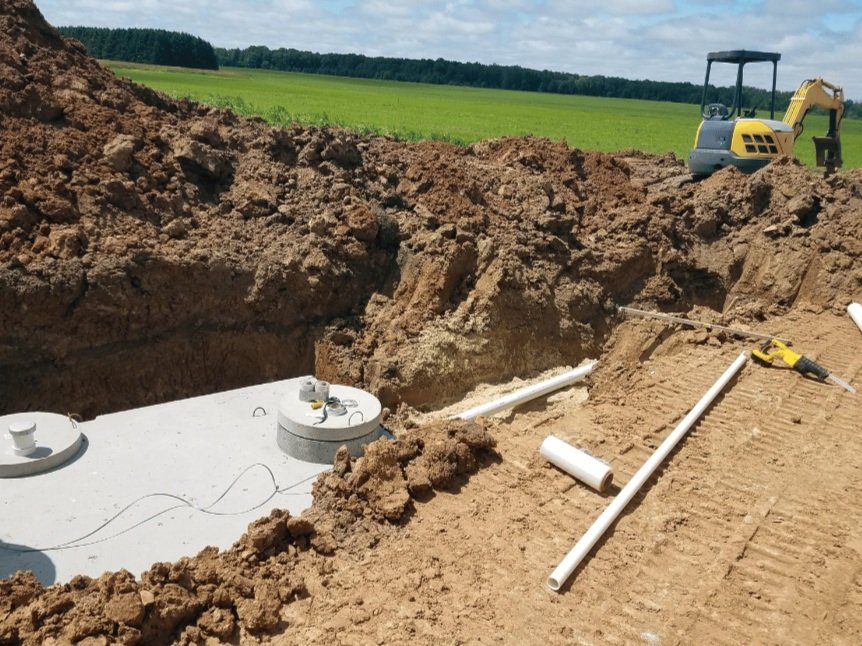
Septic System Basics
When it comes to septic tanks and systems, there is a variety to choose from. The type of property you have will ultimately decide which type is best for you.
Let’s take a look at the different types so you can better make your decision.
Conventional Septic Systems
These are the most common and also go by the names Overflow, and Leach Field System. A standard “conventional” septic tank is one that is gravity fed. It consists of the septic tank, drainfield, and soil.
The Septic Tank
The purpose is to separate solids from wastewater and to store and partially decompose as much solid as it can allow the liquids to pass through the drainfield.The Drainfield
This is a network of pipes laid in trenches or beds. It is where wastewater is discharged. It is known as an absorption or leach field.The Soil
This provides final treatment and disposal of wastewater (effluent) in the septic tank. After the effluent has passed into the soil, it is treated by organisms in the soil before going into the ground or surface water. The type of soil used in a septic system impacts the effectiveness of the drainfield.
Aerobic Septic System
Aerobic systems are not totally different from conventional septic systems because they both use natural processes to treat wastewater. The main difference is that aerobic septic systems need oxygen in order to get the job done. They use a mechanism that requires electricity to inject air and get it moving inside the treatment tank.
This is one of the reasons why aerobic systems cost more and need more routine maintenance than most other types of systems. But when they work correctly and are maintained, aerobic systems can be a great alternative to other septic systems.
How Do Aerobic Septic Systems Work?
As we mentioned, aerobic septic systems need oxygen to work. Bacteria actually help this process. Those bacteria that thrive in oxygen-rich environments serve as little worker bees to break down and digest the wastewater inside the aerobic treatment unit.
But this doesn’t happen all at once. There are different stages that need to happen in order for the process to be complete. There are so many different designs that it is hard to put them all into one typical system. Instead, we can look at the different stages to get a better idea of how an aerobic septic system works.
Which system should I install? Standard or Aerobic Septic System?
Our experienced and trained staff at North Texas Septic can help you choose which type of septic system is best for your property. Give us a call and we will send a technician to your house to answer any questions about septic tank systems and where they should be on your property. We can also give you a quote.
We are dedicated to helping our customers own a well-maintained septic system. “A septic system that has been treated kindly will treat you kindly in return.”

